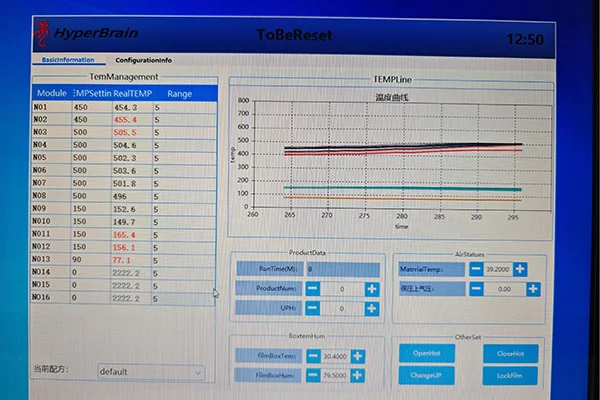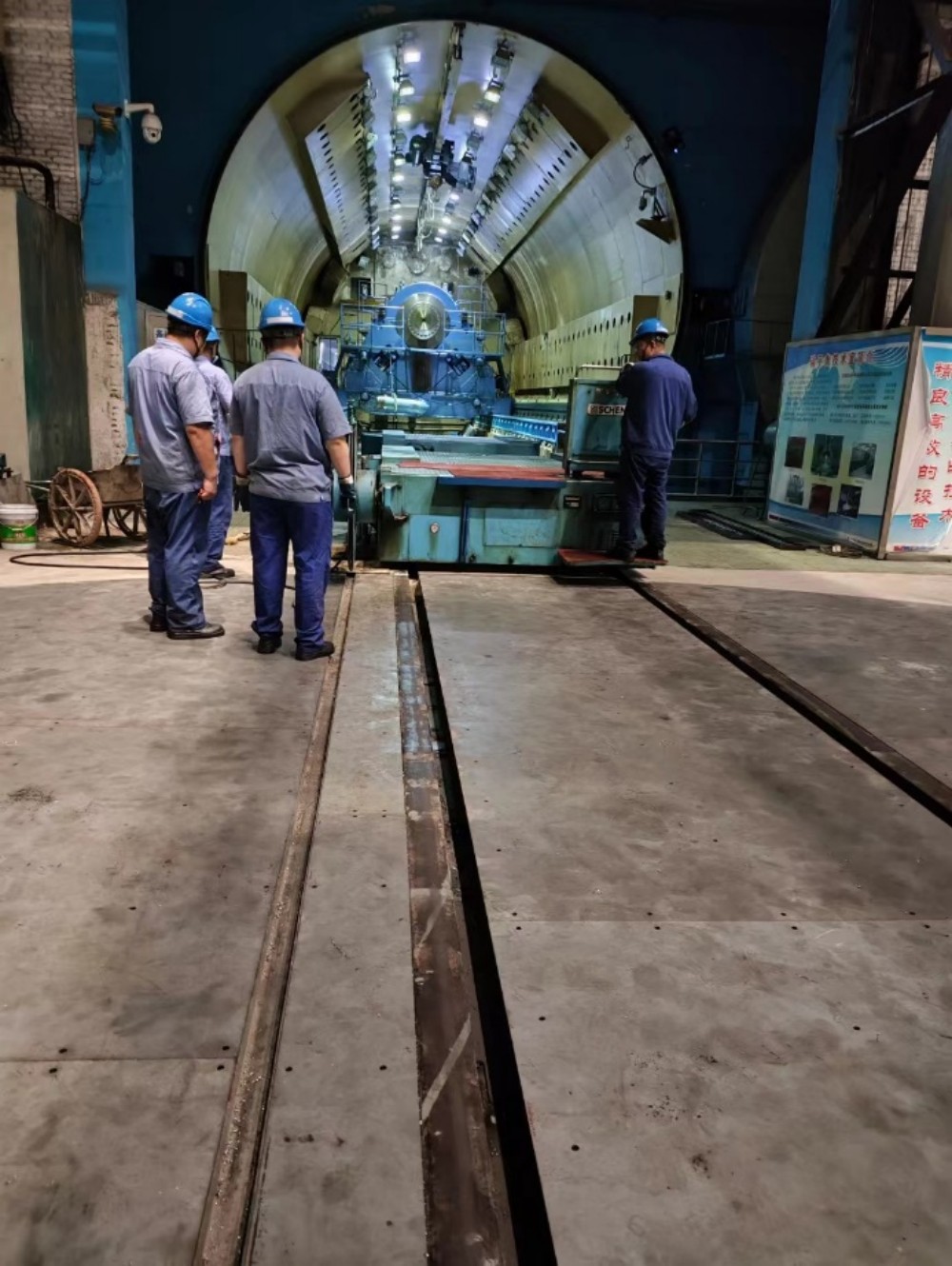Unveiling the Compatibility Conundrum: Do All Chainsaw Chains Fit All Chainsaws?
Chainsaws are indispensable tools in various industries, from forestry to construction. However, when it comes to replacing or upgrading chainsaw chains, many users find themselves grappling with a crucial question: do all chainsaw chains fit all chainsaws? In this comprehensive blog post, we will delve into the intricacies of chainsaw chain compatibility, exploring the factors that influence it and providing valuable insights for users seeking the perfect fit for their chainsaws.
- Understanding Chainsaw Chain Anatomy:
To comprehend chain compatibility, it is essential to grasp the anatomy of a chainsaw chain. A typical chainsaw chain consists of drive links, cutting teeth, and tie straps. The drive links engage with the chainsaw's drive sprocket, while the cutting teeth perform the actual cutting. The tie straps ensure proper tension and alignment of the chain. - Chain Pitch and Gauge:
Two critical measurements determine chain compatibility: pitch and gauge. The pitch refers to the distance between three consecutive drive links, while the gauge represents the thickness of the drive links. Different chainsaws have varying pitch and gauge specifications, making it crucial to match these measurements precisely for optimal performance and safety. - Chainsaw Chain Types:
Chainsaw chains come in various types, each designed for specific applications. These include full chisel, semi-chisel, and low-profile chains. While the pitch and gauge remain constant across these types, the cutting tooth design and chain shape may differ. Understanding the intended use and selecting the appropriate chain type is vital for achieving desired cutting results. - Manufacturer Recommendations:
Chainsaw manufacturers often provide recommendations regarding compatible chains for their specific models. These recommendations consider factors such as engine power, bar length, and intended usage. Adhering to these guidelines ensures optimal performance, longevity, and safety of both the chainsaw and the operator. - Aftermarket Chainsaw Chains:
While it is generally advisable to use chains recommended by the chainsaw manufacturer, aftermarket chainsaw chains can also be compatible with certain models. However, caution must be exercised when opting for aftermarket chains, as they may not meet the same quality standards or specifications as the original chains. Thorough research and consultation with experts can help identify reliable aftermarket options. - Chain Adjustments and Compatibility:
Even when using a compatible chainsaw chain, periodic adjustments may be necessary to maintain optimal performance. Over time, chains can stretch or wear unevenly, affecting cutting efficiency and safety. Regular chain tension checks and adjustments, as per the manufacturer's instructions, are crucial for ensuring compatibility and preventing damage to the chainsaw.
Conclusion:
In conclusion, the compatibility of chainsaw chains with chainsaws is not a one-size-fits-all scenario. Understanding the nuances of chain anatomy, pitch, gauge, and chain types is essential for selecting the right chain for your chainsaw. Following manufacturer recommendations and considering aftermarket options cautiously can help strike the perfect balance between compatibility, performance, and safety. By unraveling the compatibility conundrum, this article equips chainsaw users with the knowledge needed to make informed decisions and optimize their chainsaw's cutting capabilities.




